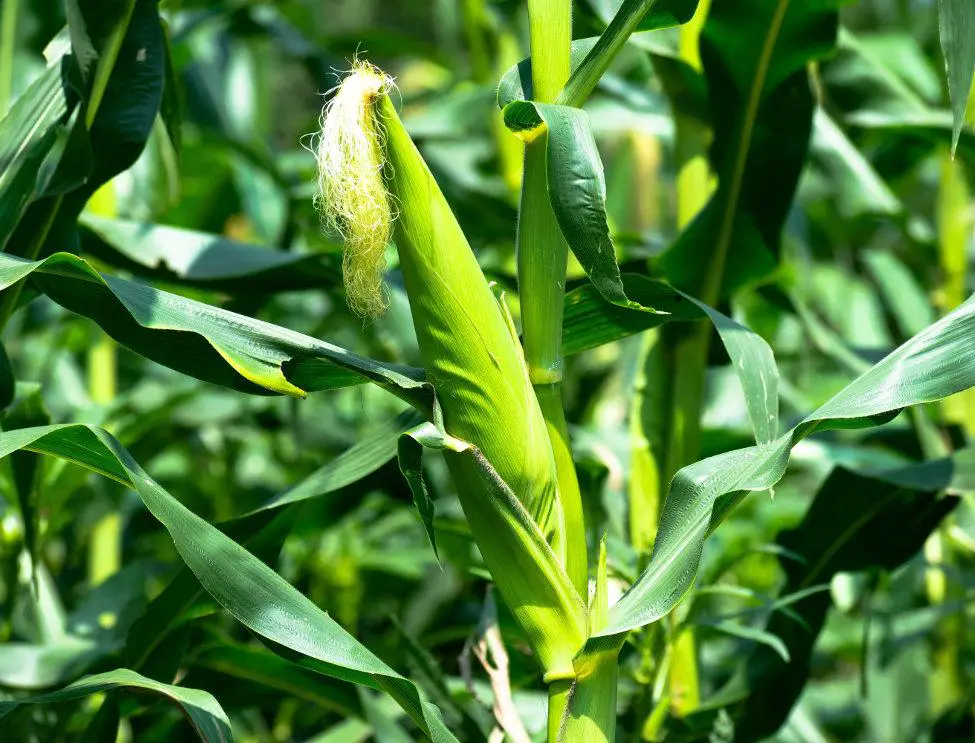Embarking on a gardening journey filled with camaraderie among plants? The Three Sisters method—planting corn, beans, and squash together—is not just a cultivation technique; it’s a harmonious dance of nature’s companionship. In this article, we’ll explore the art and wisdom behind this ancient practice, providing you with insights into the beauty and benefits of growing these three inseparable sisters side by side in your garden.
Introduction: The Three Sisters Tradition
Embracing a tradition rooted in Native American agriculture, the Three Sisters method brings together corn, beans, and squash in a symbiotic relationship. This time-tested technique not only maximizes yield but also fosters a balanced and sustainable ecosystem.
The Corn: A Sturdy Support System
Standing tall and proud, Corn serves as the backbone of the Three Sisters trio. Its sturdy stalks provide a natural trellis for the beans to climb. Plant corn in a square or rectangular formation, ensuring it’s spaced in a way that allows plenty of sunlight for the sisters to thrive.
The Beans: Nature’s Nitrogen Fixers
Beans, the climbers of the group, ascend the cornstalks with grace. Beyond their vertical reach, beans play a crucial role as nitrogen fixers. Their roots host nitrogen-fixing bacteria, enriching the soil with this vital nutrient.
The Squash: Ground Cover and Moisture Maestro
Squash, with its sprawling vines and broad leaves, acts as a living mulch. Its lush canopy shades the soil, preventing weed growth and retaining moisture. Varieties like butternut or acorn squash bring a dash of colour and flavour to the mix.
Companion Planting: Mutual Benefits for the Trio
The Three Sisters’ synergy extends beyond physical support. Each plant provides unique benefits to the others:
- Corn provides a vertical structure for beans to climb, promoting efficient space utilization. In return, beans offer nitrogen to corn, enhancing its growth and productivity.
- Beans fix nitrogen in the soil, a nutrient essential for the overall health of the trio. Their climbing nature also helps deter pests that might target the corn.
- Squash serves as a natural ground cover, suppressing weeds and conserving soil moisture. Its broad leaves also create a microclimate, shielding the soil from harsh sun and reducing water evaporation. Additionally, squash deters pests with its prickly vines, acting as a protective barrier for the entire trio.
Planting Technique: Creating Harmony in Your Garden
When implementing the Three Sisters method, consider the following planting technique:
- Mound Planting: Form mounds of soil for each group of sisters, ensuring good drainage. Plant several corn seeds in the centre of each mound, allowing them to form a sturdy base.
- Companion Planting Arrangement: Once the corn has reached a height of about 10-15cm, it’s time to introduce the beans. Plant beans around the base of each cornstalk, encouraging them to climb and intertwine with the corn.
- Squash Integration: As the corn and beans begin to establish themselves, sow squash seeds or transplant seedlings on the outer edges of the mounds. Ensure sufficient spacing for the squash vines to spread comfortably.
Challenges and Solutions: Nurturing the Trio to Success
While the Three Sisters method is a great method, challenges may arise. Addressing them ensures a thriving garden:
- Competition for Sunlight: To prevent overcrowding and ensure all sisters receive ample sunlight, consider planting shorter varieties of corn and providing adequate spacing between mounds.
- Weed Management: Regular weeding is crucial, especially during the early stages. The squash’s ground cover helps, but manual weeding remains essential for a tidy and productive garden.
- Pest Control: Monitor for pests that may target corn, beans, or squash. Introducing companion plants like nasturtiums or marigolds can help deter pests and enhance the trio’s resilience.
Harvesting and Succession Planting: A Continuous Bounty
The beauty of the Three Sisters garden lies in its continuous yield. Harvest corn when the silk turns brown, beans when they are tender and vibrant, and squash when the fruits are mature. To extend the harvest season, consider succession planting, introducing new mounds as the first set matures.
Tips for a Flourishing Three Sisters Garden
- Rotate Crops: To maintain soil health and prevent nutrient depletion, rotate your Three Sisters garden each season.
- Companion Plants: Integrate additional companion plants like sunflowers or herbs to enhance biodiversity and attract beneficial insects.
- Varietal Selection: Choose corn, bean, and squash varieties that suit your local climate and growing conditions.
Planting corn, beans, and squash together is more than a gardening technique; it celebrates nature’s harmonious relationships. As you witness the corn, beans, and squash thrive side by side, you’ll not only enjoy a bountiful harvest but also experience the beauty of a garden where each sister plays a vital role. Embrace the tradition and savour the results!
